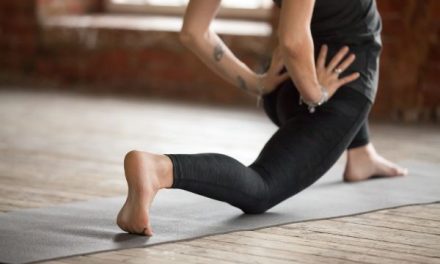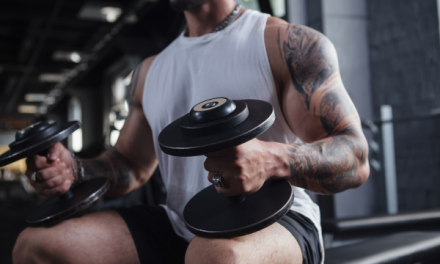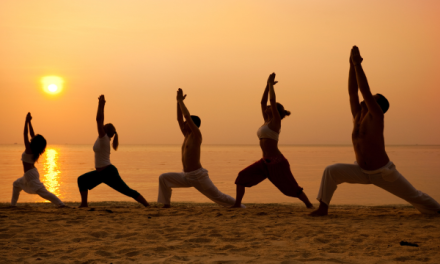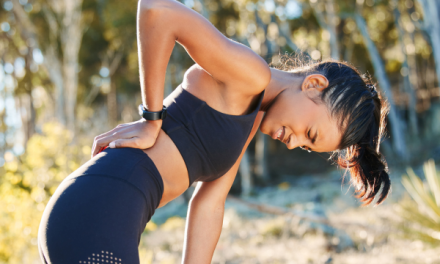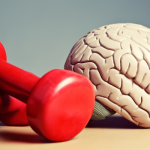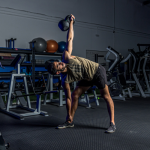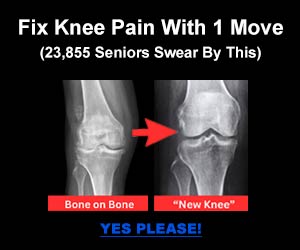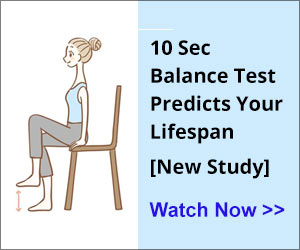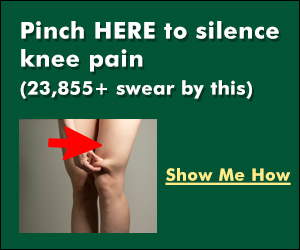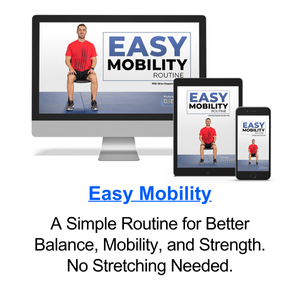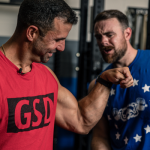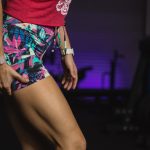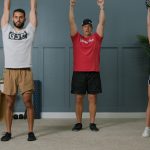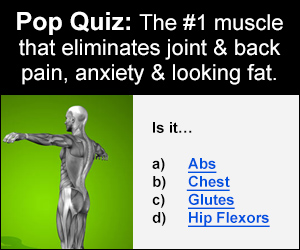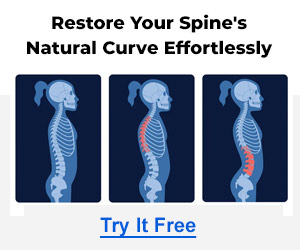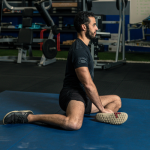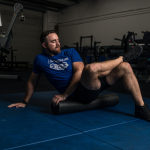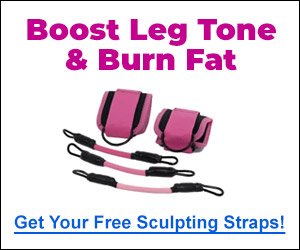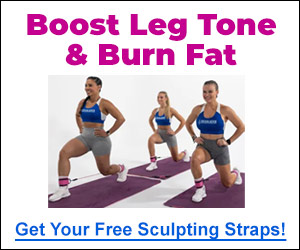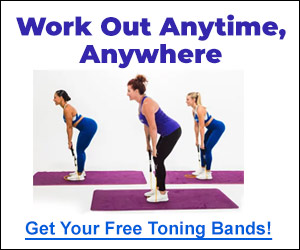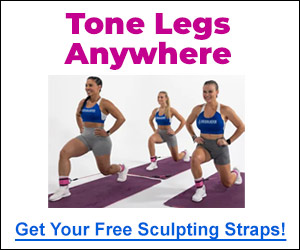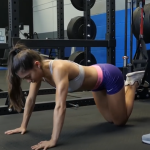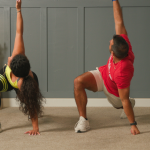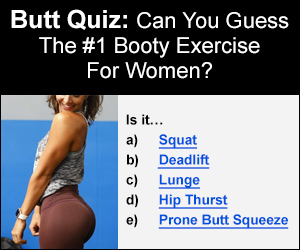Did you know that the gluteal muscles are among the largest and most powerful in the human body, yet they are also the most neglected in many fitness routines?
This oversight can lead to a myriad of dysfunctions and pains that severely impact your daily life.
From walking to running, and even standing, the role of the glutes cannot be overstated.
Let’s dive into the anatomy of the glutes, highlighting the gluteus maximus and gluteus medius—your body’s primary movers.
Understanding the fundamental functions of these muscles will shed light on their importance in our everyday movements and how neglecting them can lead to common dysfunctions and pain.
But worry not; we’ll also explore effective strategies for fixing these issues, ensuring your glutes are not just strong but functional.
So, whether you’re an athlete looking to improve performance or simply seeking a pain-free day-to-day life, this post will equip you with the knowledge and tools to give your glutes the attention they truly deserve.
Anatomy of the Glutes
First, let’s talk about the three parts of the glutes: the gluteus maximus, gluteus medius, and gluteus minimus.
For now, we’ll focus on the first two because they’re the primary movers and most responsible for your daily movements.

Gluteus Maximus
The gluteus maximus has two main functions: extending the hip and laterally rotating the leg while stabilizing the sacroiliac joint.
Think about it as what you engage when you push off the ground or change directions when walking.
Your glute max plays a crucial role in your gait, the way you walk.
During walking, you have two phases: the stance phase and the swing phase.
The glute max dominates the stance phase, helping stabilize the sacroiliac joint.
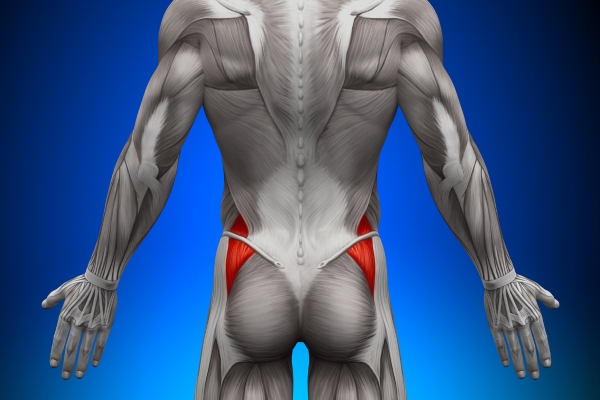
Gluteus Medius
The gluteus medius serves primarily in abducting and medially rotating the thigh, while also supporting the pelvis during movement.
Picture it as the muscle you utilize when stepping to the side or pivoting on one leg.
It’s integral to maintaining a level pelvis throughout your stride, especially noticeable in activities like walking or running.
Walking consists of two key phases: the stance phase, where the foot is on the ground, and the swing phase, where the foot moves through the air.
In this dynamic, the gluteus medius shines during the stance phase, ensuring the pelvis remains stable and preventing it from dropping on the opposite side.
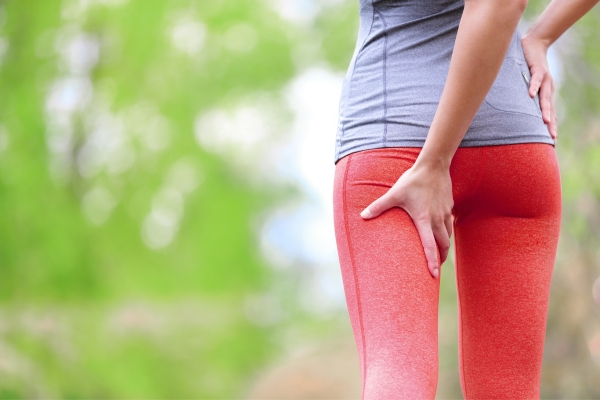
Common Dysfunctions and Pain
While the glutes are important for maintaining proper posture and ensuring efficient movement, these muscles are often overlooked in fitness routines. This can lead to a range of dysfunctions and pain, significantly impacting an individual’s quality of life.
Neglecting the strength, flexibility, and coordination of your gluteal muscles can lead to compensatory movements and postural adaptations that negatively affect not only your stance but also the way you move, perform activities, and engage in sports.
Let’s delve deeper into some of the common dysfunctions and pain related to gluteal neglect:
Tight Hamstrings or Lower Back Pain
Often, tight hamstrings are mistakenly thought to be the primary issue when, in reality, they are compensating for a weak or underactive gluteus maximus.
The gluteus maximus is essential for hip extension, and when it’s not functioning properly, the hamstrings and lower back muscles take on excessive loads, leading to tightness and pain.
Lower back pain can also result from this imbalance, as the lack of support from the glutes forces the back muscles to work harder to maintain posture and stability.
Imbalances Between Left and Right Sides
Uneven glute strength can create a noticeable imbalance in your movement patterns, potentially leading to issues like piriformis syndrome, where the piriformis muscle tightens and irritates the sciatic nerve.
This imbalance can also lead to altered gait patterns, increasing the risk of injury not only in the glutes but also in the knees, ankles, and lower back.
Excessively Tight Lats Affecting Glute Function
The latissimus dorsi, large muscles on the back, when overly tight, can impact the functionality of the glutes.
This is due to the interconnectedness of the body’s musculature; tight lats can pull the spine and pelvis out of alignment, reducing the effectiveness of the glutes in hip extension and rotation.
This misalignment can also lead to a reduction in the range of motion and overall mobility, affecting performance in physical activities.
Addressing these dysfunctions involves a combination of strengthening the gluteal muscles, ensuring proper muscle activation, and incorporating flexibility and mobility work into your routine.
How to Fix these Dysfunctions
To strengthen your glutes effectively, it’s essential to address opposing muscles, such as the hip flexors.
This can help you restore muscle balance and function before focusing solely on glute strengthening exercises.
Think of it as returning the muscle to its original tone and length before building strength.
Exercises such as squats, lunges, and hip bridges, particularly when performed with a focus on glute activation, can help in strengthening these muscles.
Meanwhile, mobility exercises and stretching can alleviate tightness in the hamstrings, lower back, and lats, promoting better movement patterns and reducing the risk of pain and injury.
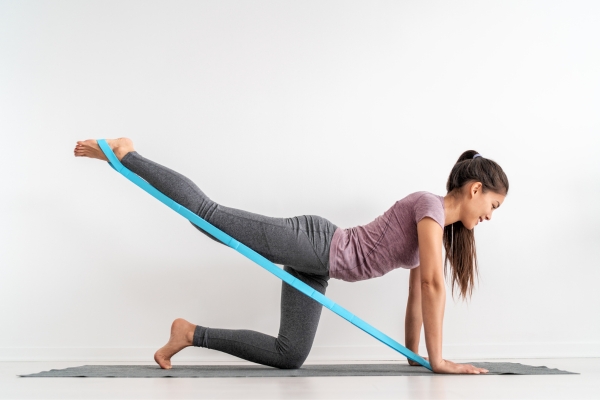
Wrap-Up and Key Points
The glutes are complex and vital muscles responsible for posture and movement.
To maintain their health and function, remember to address both the glutes and their opposing muscles.
Stretching and strengthening in the right sequence can make a significant difference.

